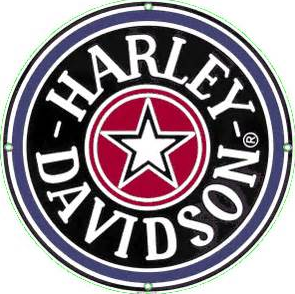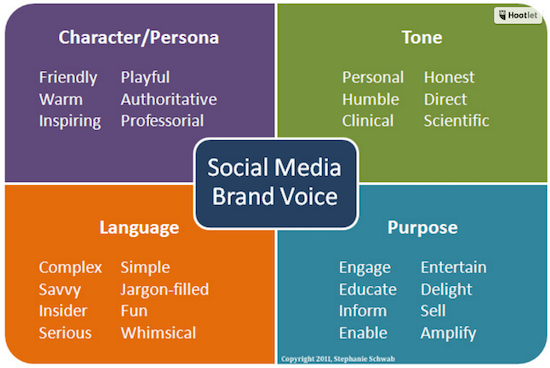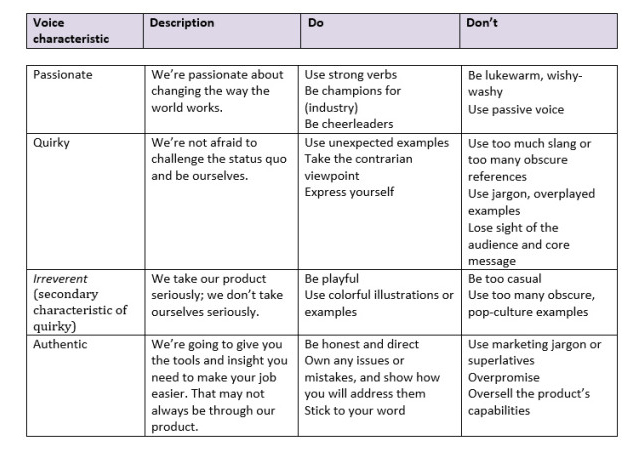
Hudson Valley Public Relations
Brand Voice: What does your brand sound like?
By Andrew Ciccone | Published | No Comments
Everything that is said and done defines the brand voice.
Maintaining a consistent brand persona is absolutely critical to success. Too many cooks spoil the broth, be careful, clearly define the brand voice or you’ll end up with a random assortment of voices, confusing consumers and stakeholders with an inconsistent picture of your brand.

A brand style guide is the primary visual reference guide for your brand’s grammar, tone, word usage and point of view. The brand guide describes, defines and presents examples of what your brand looks like in various visual media such as print, Internet and broadcast. How the brand is presented, from the required minimum clear space around the logo to acceptable typefaces that can be used.
The social style guide clearly defines the rules around your on-line presence on all digital channels: websites, mobile sites, online ads, blogs, social media channels and email communications (including email signatures!).
Brand Voice, is the personality of the brand described in an adjective. Brands can be lively, positive, cynical, fun, or professional.
Brand Tone, further defines the nuances of the brand identity based on factors like audience, situation, and channel.
Brand Voice is a mission statement. Brand Tone is the application of that mission.
Essentially, there is one voice for your brand and many tones that define the brand voice. Brand voice is comprised of the character, tone, language, and purpose:
Character/Persona:
Who does your brand sound like? What are the specific attributes that fit how the brand speaks, how the brand’s identity is perceived.
Tone:
Tone is the individual instance—the conversations, the channels, the interactions—where voice is applied.
Language:
Clearly define your brand’s vocabulary, the words used or actions that are on message and what words are un-acceptable? It is important that the language used is consistent across all channels.
Purpose:
Why am I here? What do I stand for? What is the brand’s reason for being? What promise does the brand make, what purpose does it serve, to its customers and its shareholders? How does the brand bring the purpose to life through every customer experience? What is the brand’s intrinsic value to the organization and it’s reputation as a brand?
Collectively, the character, language and purpose shape the overall voice of the brand. Develop the brand voice by examining the culture, community, and conversation.
Culture: What does your company stand for? What makes you stand out from all the others and the unique qualities make your culture special.
Community: Listen to how and what the community says about the brand, this will help you approach the community and speak their language.
Conversation: Identify their shared values, where they live, what is important to them, what their passions are.
A Brand Voice Chart is an essential reference tool to ensure your content (text and visuals) consistently speak with one voice. Find the brand voice!
Clearly defining the brand voice is an on-going endeavor, constantly ensure the brand speaks with one voice. Continually check that the messages seamlessly support the values of authenticity with a consistent brand voice.
“A brand is no longer what we tell the consumer it is. It is what consumers tell each other it is.” — Scott Cook
Branding is the emotional and psychological relationship created between you and your customers. It is the glue that holds your products, content and services together and what ultimately distinguishes you from the competition. Branding is essential and it is an ongoing process for every successful company.
Strong brands >>>
> Always meet your expectations, and rarely let you down.
> Stand up to criticism, have identities and values.
> Maintain incredible trust and loyalty with their customers.
Creating a Winning Brand >>>
Brand Building is a long-term strategy that starts with strong values and earns trust by meeting expectations, all the time. Creating a great brand starts with the product. Carefully listen to their consumers, looks inward at how the product is manufactured, then looks outward at the company’s values. Carefully relate the brand with consumer trends and values, all while maintaining a unique identity that customers can connect with.
Branding is what the consumer sees and feels when they hear your product or service. It is how they use the product, what it means to them, why they love it. It’s how you speak to your consumers, that makes them feel connected. Your voice must echo your identity through the conveyance of attributes, values, purpose, strengths, and passions.
Brand Hyper-localization >>>
Today, #hyperlocalism drives marketing plans. Many businesses have started to personalize their branding strategies, offering the client or consumer the ability to choose from various brand options or have direct control over the brand.
On demand access to news and information is driving hyper-localism. GPS-enabled, internet-integrated mobile applications are capable of expeditious delivery of content that is relevant not just in a community, but right down to the individual within a geographic area. The measured area has gone from entire towns and neighborhoods, to just meters and blocks. While the delivery timescales have gone from days or weeks, to minutes and seconds.
Hyper-local marketing is about geo-targeting and time. The dimensions are measures of the relevance, or value [context], perceived by the consumer in time and space. Hyper-local content delivers more diverse and personalized content that targets specific geographic areas at the moment of most importance.
How would you describe your brand voice? We’d love to hear how you define your brand!
Source:
Adamson, A. (November 11, 2009). Define Your Brand’s Purpose, Not Just Its Promise. Forbes.
Heald, E. (October 15, 2015). 5 Easy Steps to Define and Use Your Brand Voice. Content Marketing Institute.
Glauberman, S. (May 17, 2012). Many Platforms, One Voice: How to Maintain a Consistent Social Media Persona. Content Marketing Institute.
Lee, Kevin. (April 22, 2014). The Best Examples, Questions, And Guides To Find Your Social Media Marketing Voice. Fast Company.








